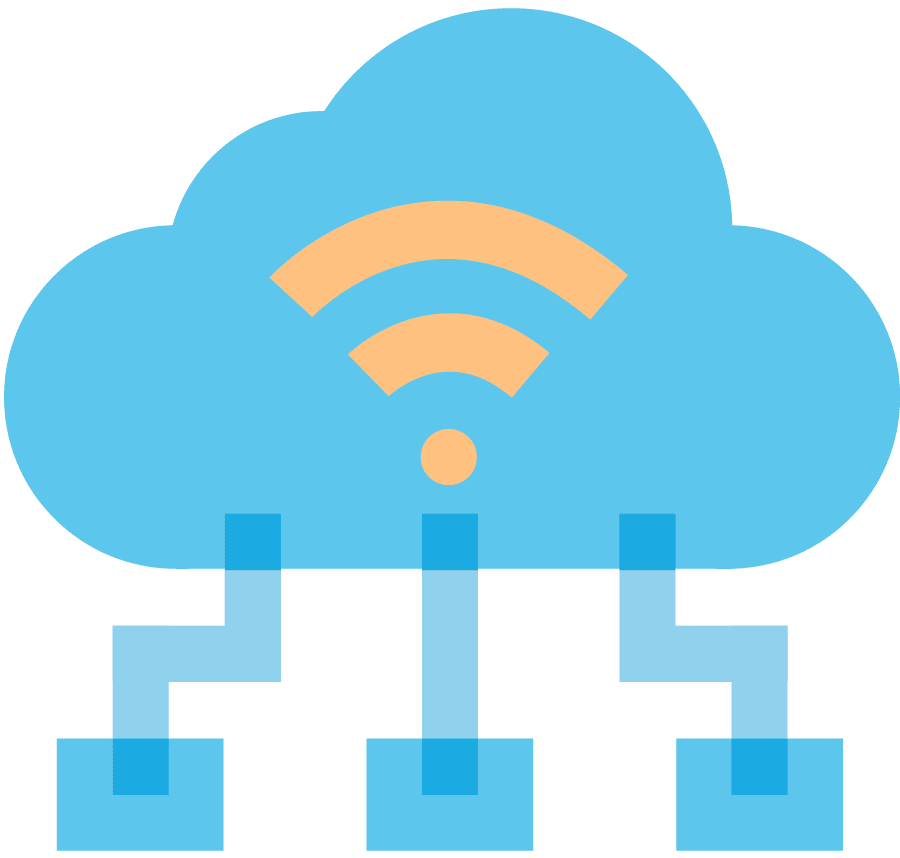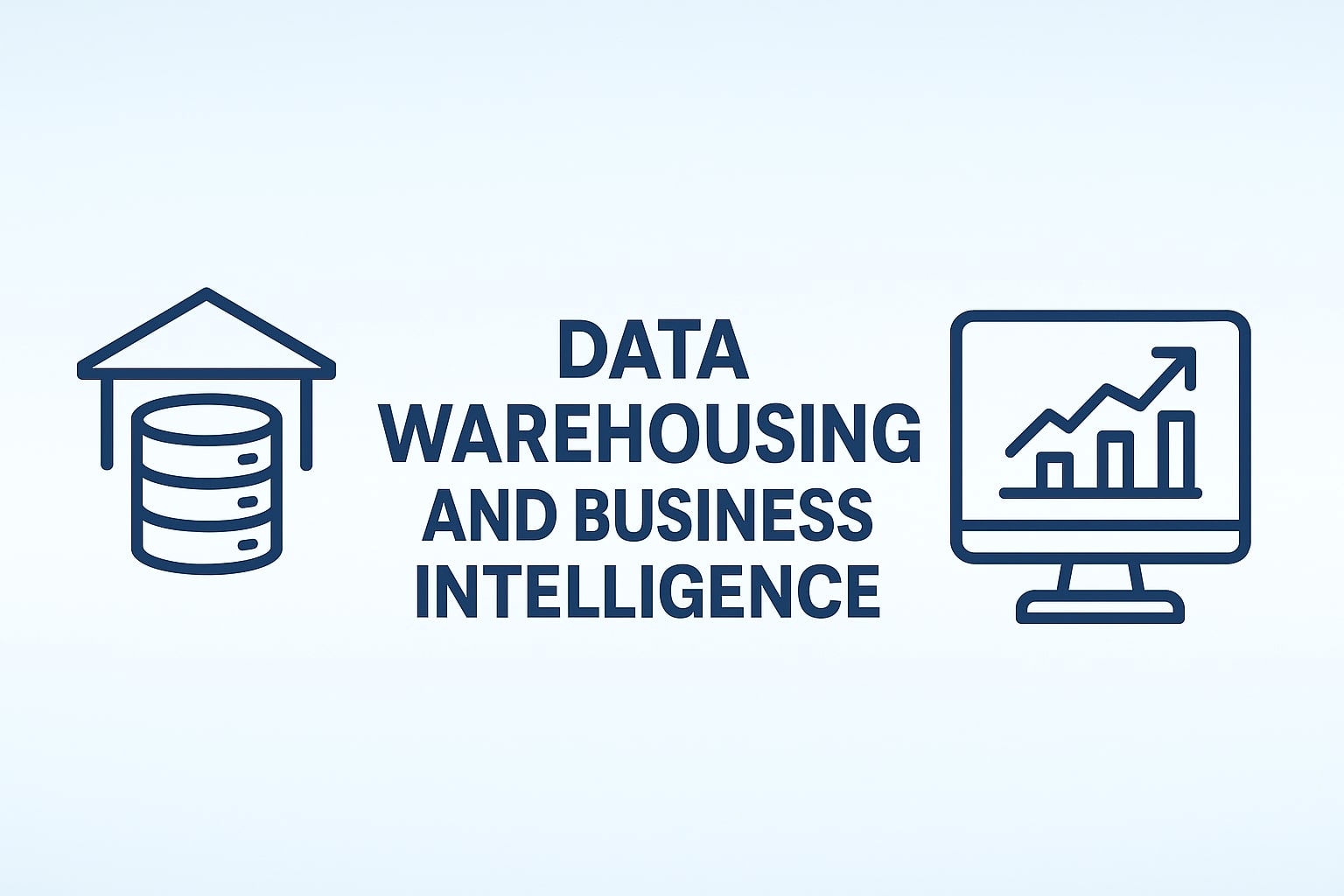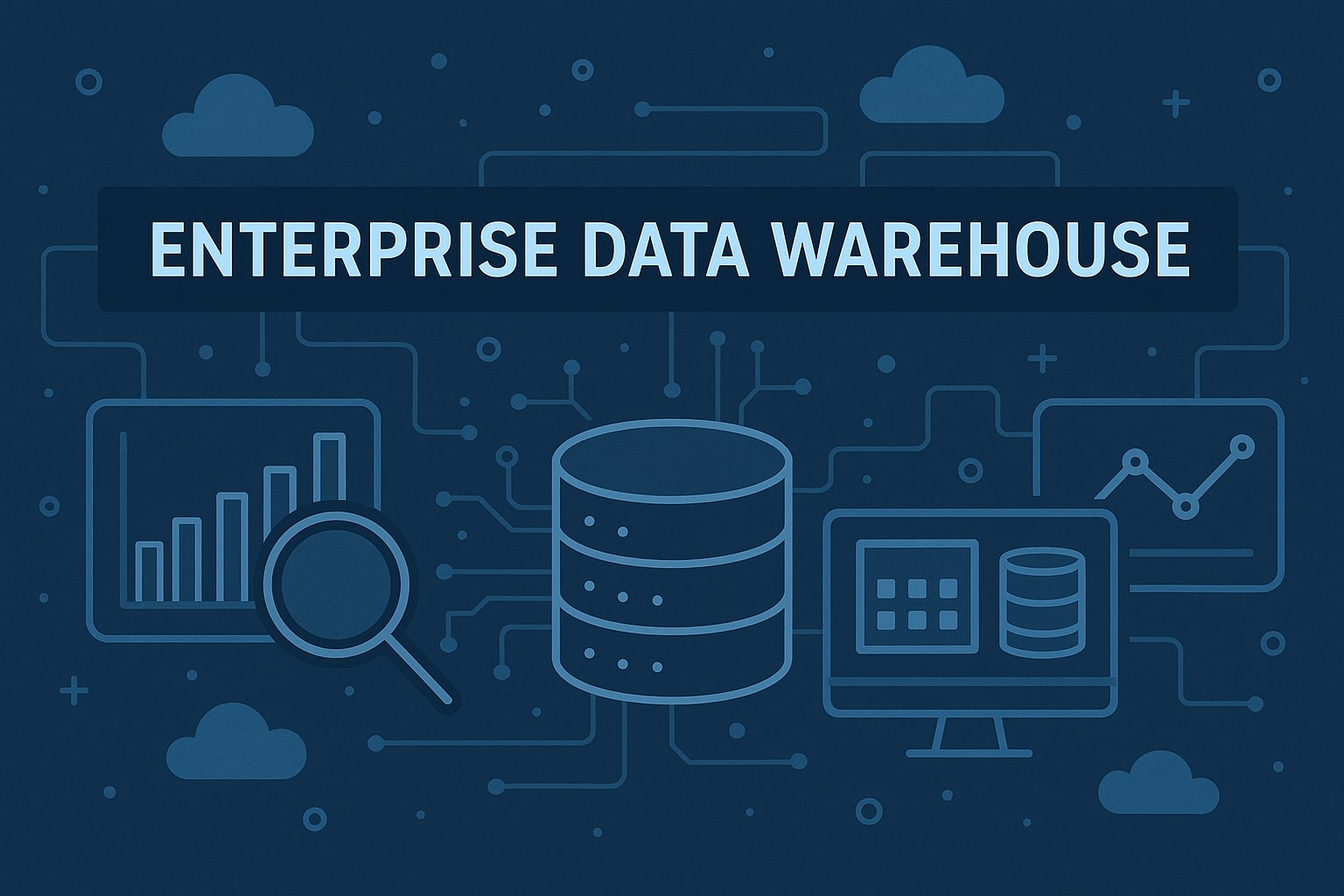Enterprise software product development is a comprehensive journey that goes beyond simply writing code. It involves designing, building, and continuously evolving scalable software solutions tailored to meet complex business needs. Unlike standard applications, enterprise products must integrate seamlessly with existing systems, address security and compliance requirements, and adapt to shifting market demands.
This process is deeply strategic, requiring alignment between product vision, technical architecture, and business objectives. From initial ideation through deployment and ongoing support, a structured development lifecycle is essential to deliver products that not only solve immediate problems but also provide long-term value. Understanding this lifecycle is key to navigating the complexities of building custom enterprise software solutions that can drive digital transformation and operational efficiency.
Organizations looking to develop these products often rely on comprehensive enterprise software development services to ensure their solutions are robust, flexible, and future-ready. Whether it’s crafting a cloud-based enterprise system or modernizing legacy applications, following a disciplined product development process helps maintain focus and manage risk at every stage.
What Distinguishes Enterprise Software Product Development?
Enterprise software product development differs significantly from general enterprise software development projects due to its scale, complexity, and long-term focus. Unlike one-off custom software builds, enterprise product development involves managing a full product lifecycle—from ideation and design to deployment, continuous updates, and support—ensuring the software evolves with business needs.
A key distinction lies in the emphasis on scalability and security. Enterprise products must support thousands of users, handle large data volumes, and comply with industry-specific regulations. This demands careful architectural planning and ongoing performance optimization. Additionally, enterprise solutions often integrate with existing legacy systems and third-party platforms, requiring deep expertise in system interoperability.
Another critical aspect is the alignment with business strategy. Enterprise software products are not just tools but strategic assets that enable digital transformation, automate workflows, and improve customer experiences. Achieving product-market fit and delivering consistent value requires ongoing user feedback, data-driven iterations, and adaptive product roadmaps.
Understanding these unique challenges and priorities helps organizations approach enterprise software product development with the necessary rigor and strategic insight to deliver solutions that drive sustainable growth and competitive advantage.
Core Phases of Enterprise Software Product Development
Successful enterprise software product development follows a well-defined lifecycle composed of several critical phases. Each phase contributes to building scalable, secure, and user-centric solutions that align with business goals and market demands.
Ideation & Market Research
This initial phase focuses on understanding customer needs, analyzing competitors, and identifying market opportunities. Comprehensive market research helps define the product vision and establish a solid business case. Gathering insights from stakeholders ensures the development team targets real problems with viable solutions.
Product Strategy & Roadmap Planning
With a clear vision, teams develop a strategic roadmap prioritizing features and defining release timelines. This planning phase aligns technical efforts with business objectives and user expectations, ensuring resources focus on high-impact capabilities and phased delivery.
Solution Architecture & Technology Stack Selection
Designing a robust, scalable architecture is fundamental to enterprise software products. Choosing the right technology stack—including considerations for cloud infrastructure, microservices, or monolithic approaches—affects performance, security, and future scalability. The architecture must also facilitate seamless integration with legacy systems and third-party services.
UI/UX Design & Prototyping
Creating intuitive and accessible user interfaces is essential for adoption across diverse enterprise users. Wireframes and prototypes allow early validation of design concepts, enabling iterative feedback and improvements that enhance usability and user satisfaction.
Agile Development & Continuous Integration
Agile methodologies enable incremental development and flexibility, allowing teams to adapt to changing requirements. Continuous integration and automated testing ensure code quality and accelerate delivery, helping mitigate risks in complex enterprise environments.
Quality Assurance & Security Testing
Rigorous testing protocols—including performance, security, and compliance assessments—validate the product against enterprise standards. Security testing is particularly critical, as enterprise software often handles sensitive data and must comply with regulatory frameworks.
Deployment & Cloud Integration
Enterprise products may be deployed on-premises, in the cloud, or hybrid environments. Deployment strategies focus on minimizing downtime, ensuring scalability, and maintaining business continuity. Cloud-native approaches and containerization are increasingly favored for flexibility and resilience.
Post-Launch Support & Product Evolution
After release, continuous monitoring, maintenance, and feature updates are vital. Incorporating user feedback and analytics helps prioritize improvements, while proactive support ensures reliability and user satisfaction over the product’s lifecycle.
This structured approach to enterprise software product development supports delivering solutions that not only meet current business needs but also evolve to address future challenges.
Challenges Unique to Enterprise Software Product Development
Enterprise software product development comes with several distinct challenges that require specialized strategies to overcome.
Legacy System Integration
Many enterprises rely on legacy systems that weren’t designed to interface with modern software. Integrating new products seamlessly with these existing systems demands careful architectural planning, thorough testing, and often custom middleware solutions to maintain system stability and data consistency.
Security and Compliance
Handling sensitive data means enterprise software must comply with regulations like GDPR, HIPAA, or industry-specific standards. Embedding security best practices throughout development, conducting regular audits, and maintaining continuous monitoring are essential to safeguard data and avoid costly breaches.
Scalability
Enterprise products must support growing user bases, higher transaction volumes, and expanding datasets without sacrificing performance. Designing for scalability from the beginning prevents bottlenecks, ensuring the software can evolve alongside the organization’s needs.
Cross-Departmental Collaboration
Coordinating teams across multiple departments, locations, and disciplines often introduces communication and alignment challenges. Clear documentation, regular stakeholder engagement, and collaborative project management practices are key to keeping development efforts aligned and efficient.
Best Practices for Successful Enterprise Software Product Development
Following proven best practices can significantly improve the chances of delivering a successful enterprise software product that meets business objectives and user expectations.
| Best Practice | Description |
|---|---|
| Engage Stakeholders Early and Often | Involve business units, IT, and end users early to ensure alignment with real-world needs and ongoing feedback. |
| Prioritize Scalable and Modular Architecture | Design software to grow with the organization using modular components for easier updates and integration. |
| Embed Security Throughout the Development Lifecycle | Implement secure coding, regular security testing, and compliance checks from design through deployment. |
| Leverage Agile and DevOps Methodologies | Use Agile for flexibility and incremental delivery; adopt DevOps for continuous integration and faster releases. |
| Maintain Clear Documentation and Knowledge Sharing | Keep thorough documentation to support team alignment, onboarding, and reduce risks from siloed knowledge. |
Emerging Trends in Enterprise Software Product Development
Enterprise software product development continues to evolve rapidly, influenced by advances in technology and shifting business priorities. Staying aware of emerging trends helps organizations build competitive, future-ready products.
Cloud-Native and Microservices Architectures
Many enterprises are adopting cloud-native designs and microservices to improve scalability, resilience, and deployment speed. These architectures enable independent updates and easier integration across complex systems.
AI and Automation Integration
Artificial intelligence and automation are increasingly embedded in enterprise software products to enhance decision-making, streamline workflows, and provide personalized user experiences.
User Personalization and Analytics
Modern enterprise applications leverage advanced analytics to deliver personalized experiences and actionable insights, helping businesses respond more effectively to customer needs.
SaaS and Subscription-Based Models
The shift towards Software-as-a-Service (SaaS) and subscription models offers enterprises greater flexibility, faster innovation cycles, and lower upfront costs compared to traditional software licensing.
Building Scalable Enterprise Software Products for Long-Term Success
Enterprise software product development demands a strategic, flexible approach that balances technical excellence with business goals. By following a structured lifecycle—from ideation and architecture to deployment and ongoing support—organizations can deliver scalable, secure, and user-centric solutions that drive digital transformation and long-term growth.
Staying ahead means embracing emerging trends like cloud-native architectures, AI integration, and SaaS delivery models to build software products that are both innovative and resilient.
For organizations ready to navigate this complex process with expert guidance and tailored solutions, partnering with an experienced enterprise software development company like Atiba can make all the difference in turning vision into reality.








